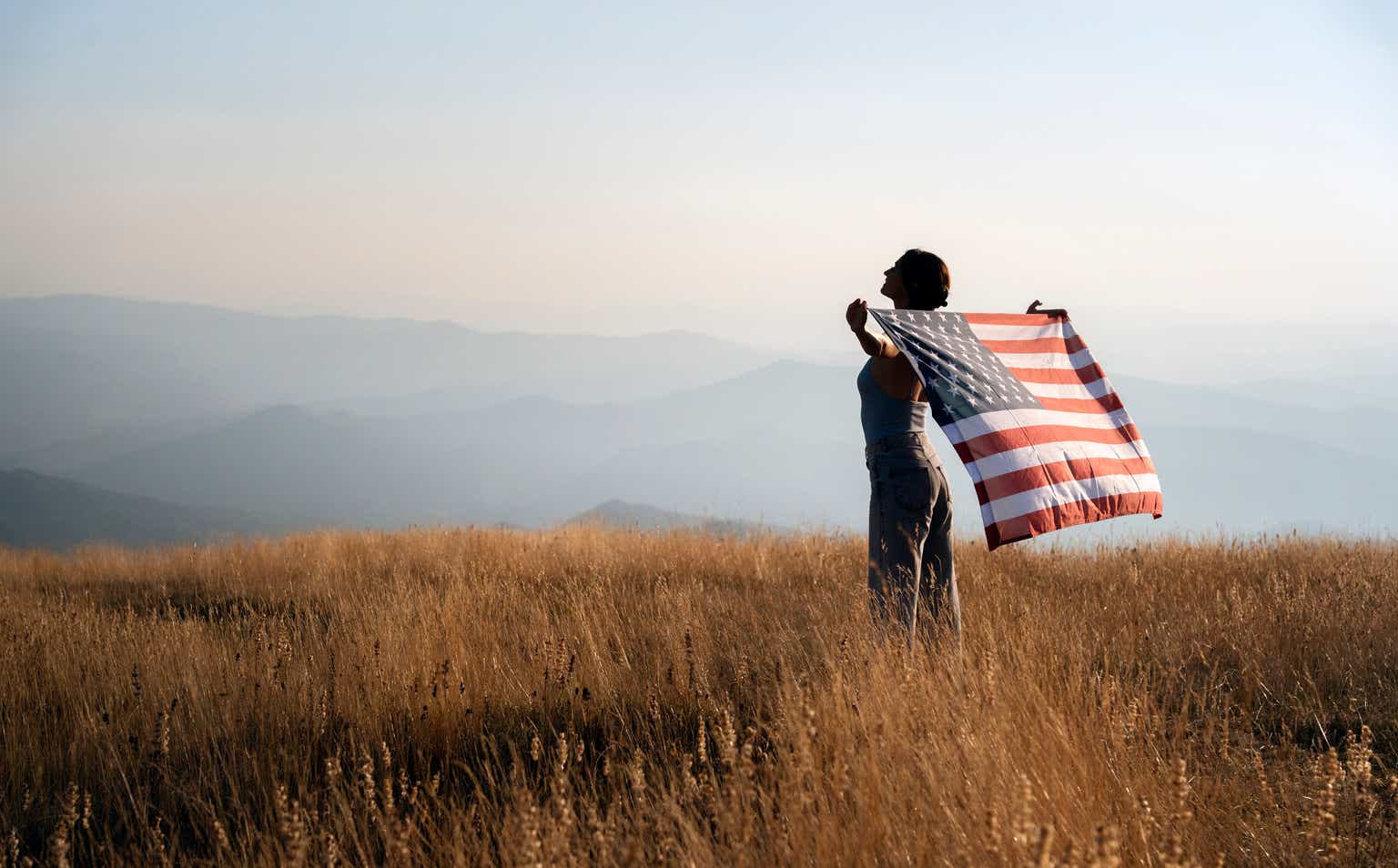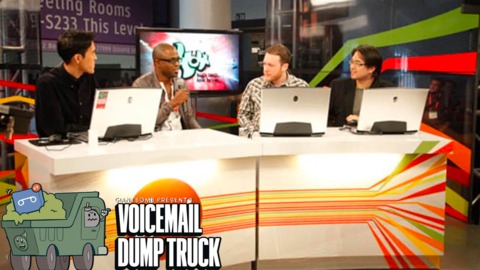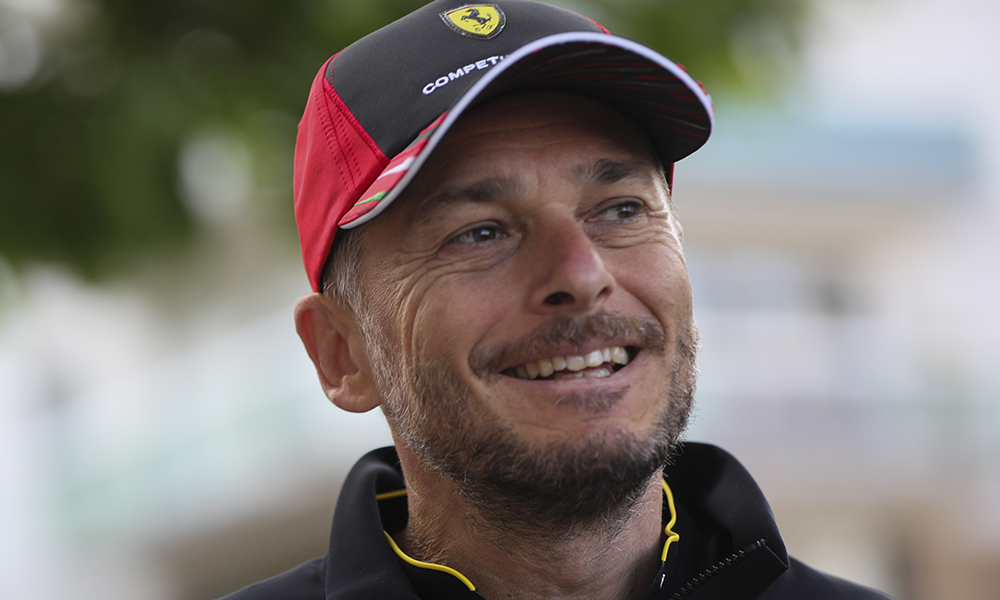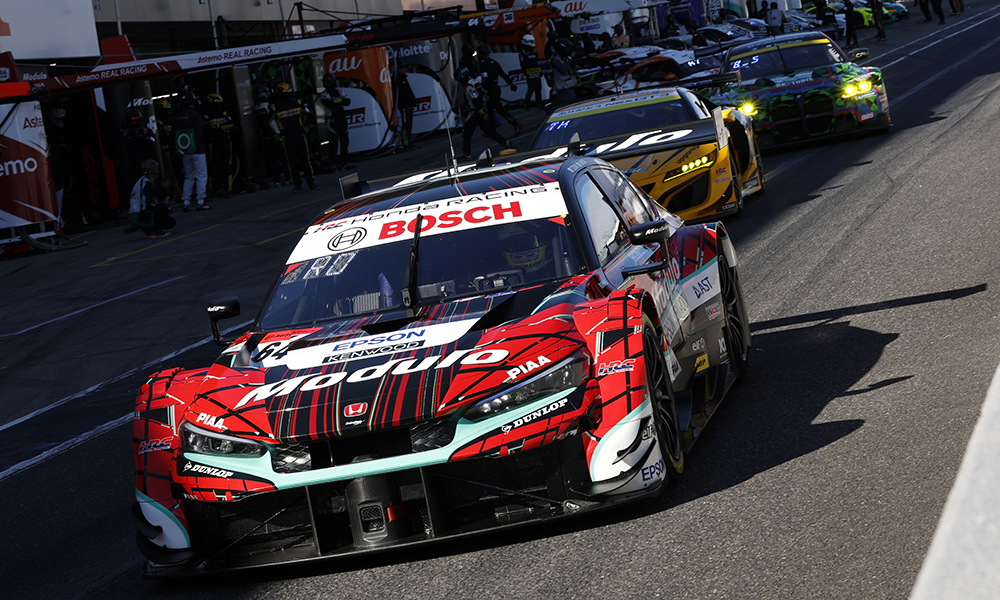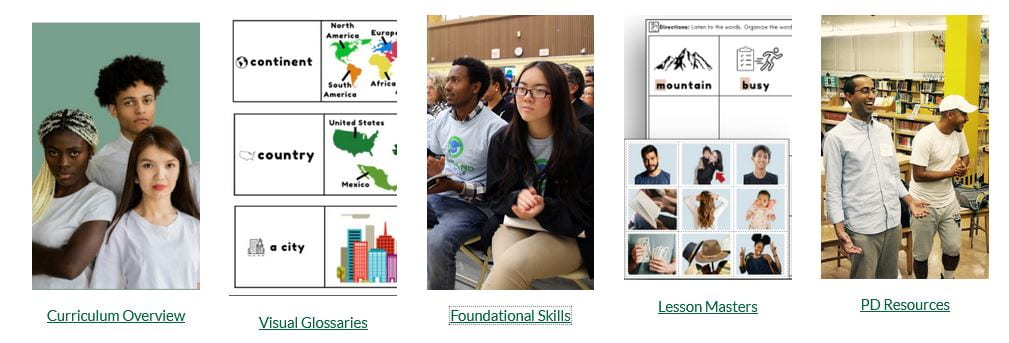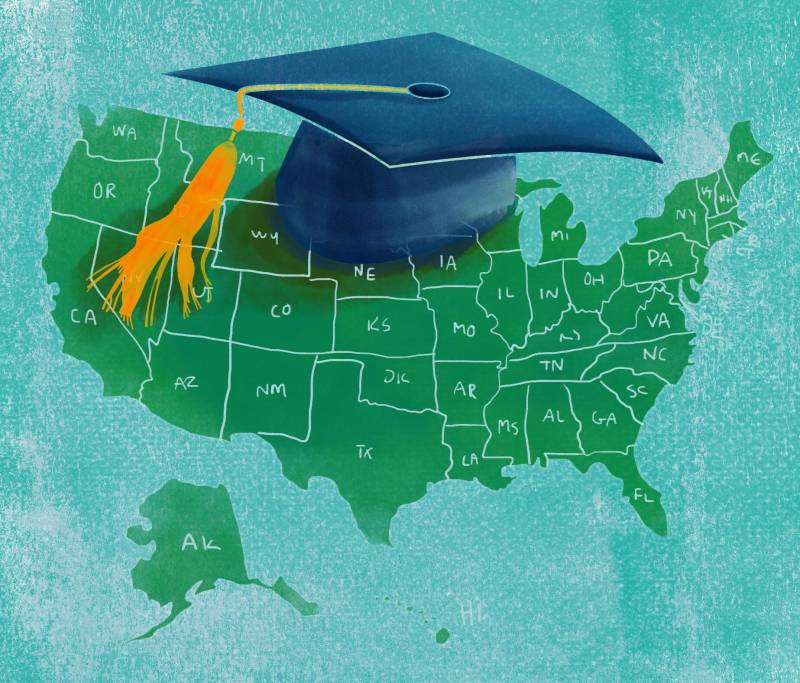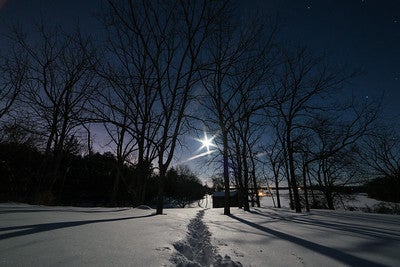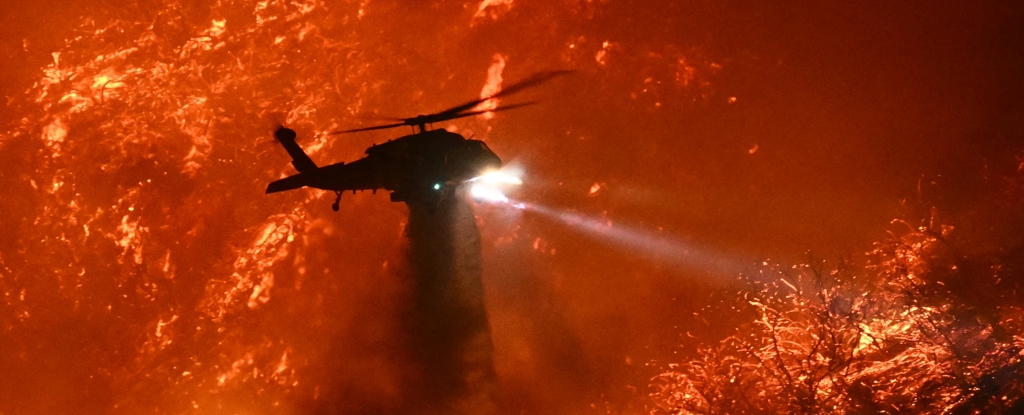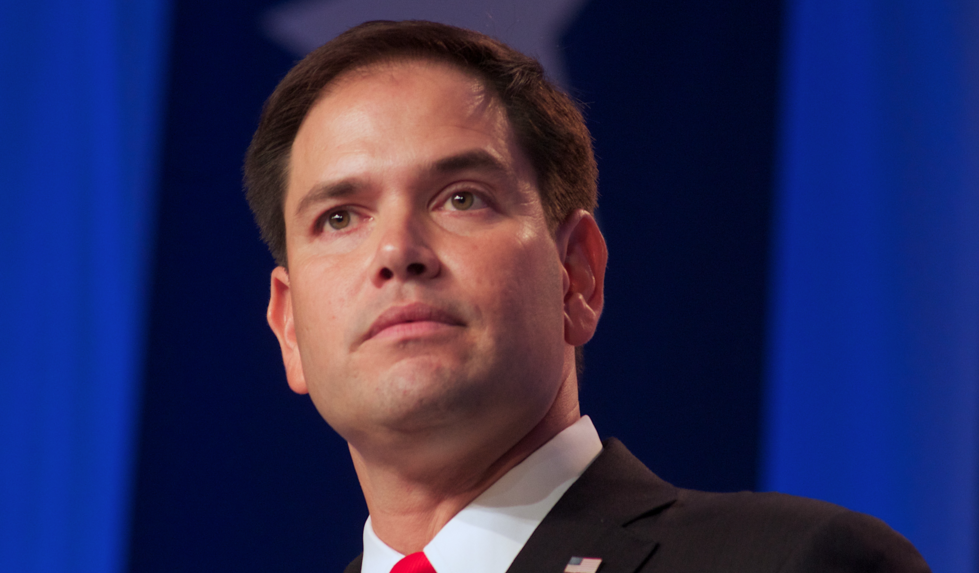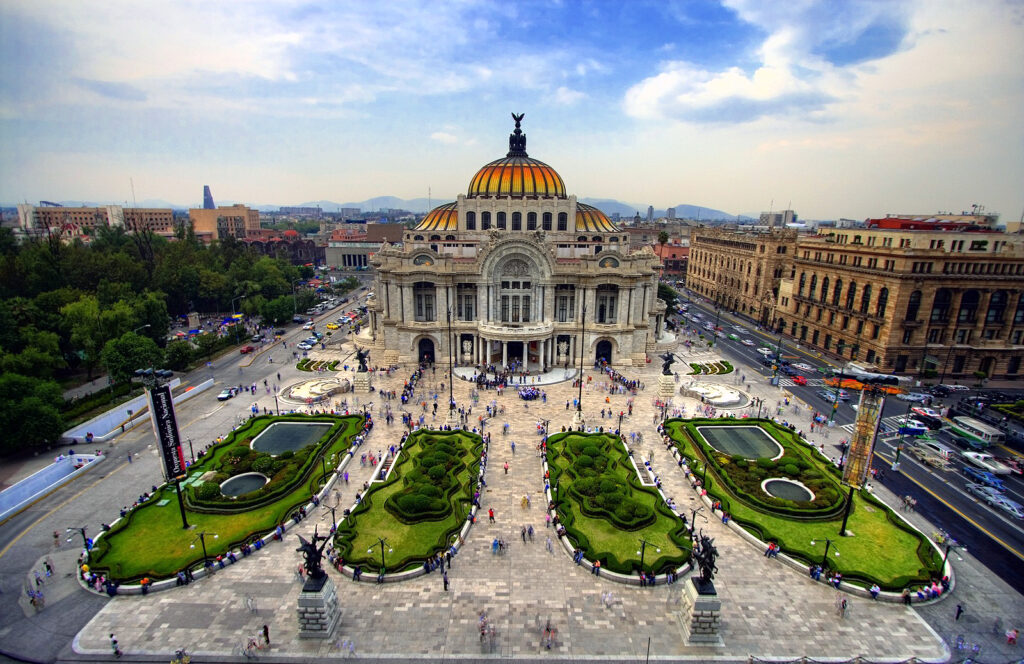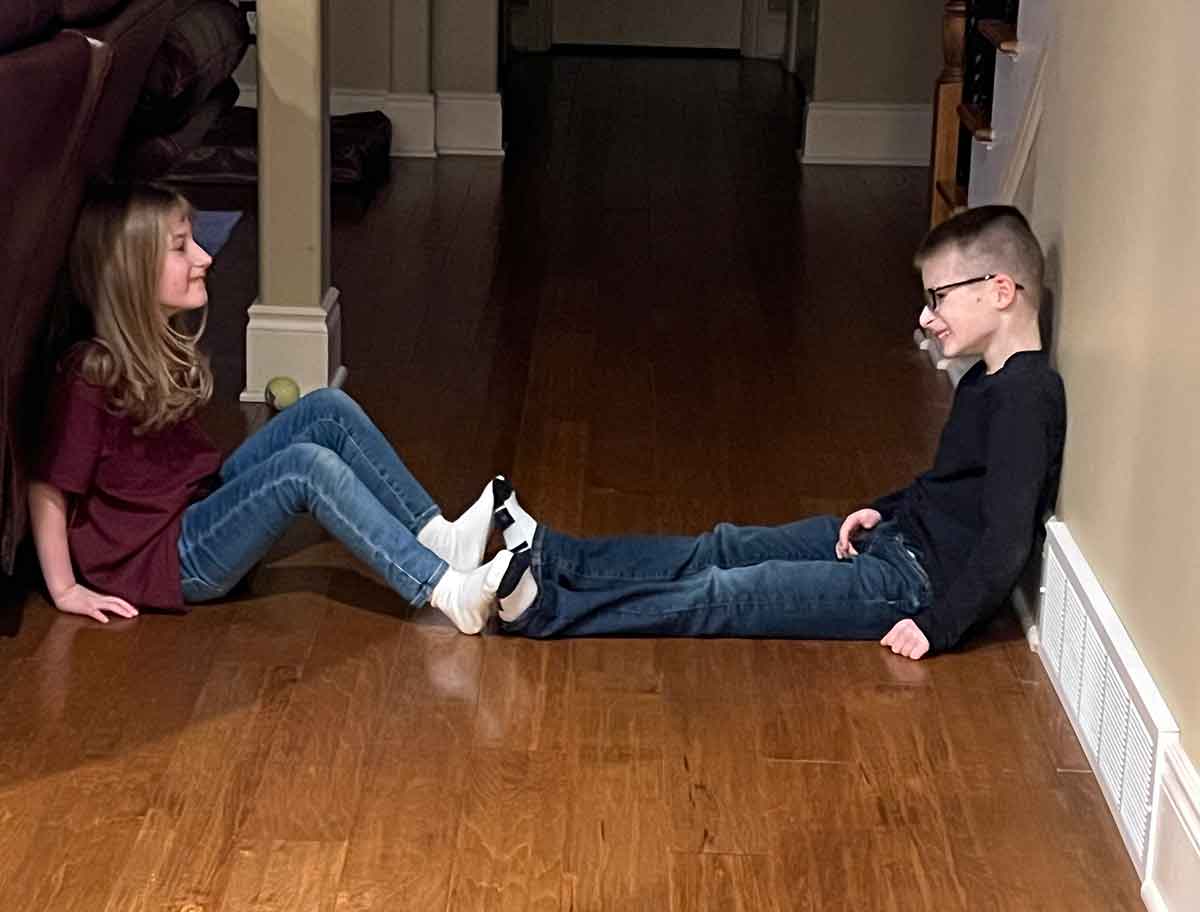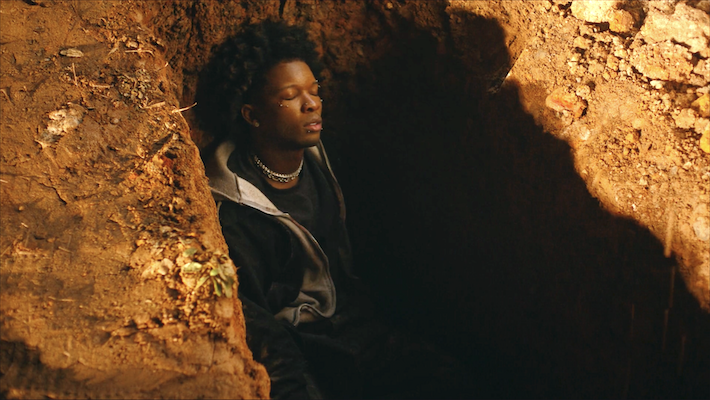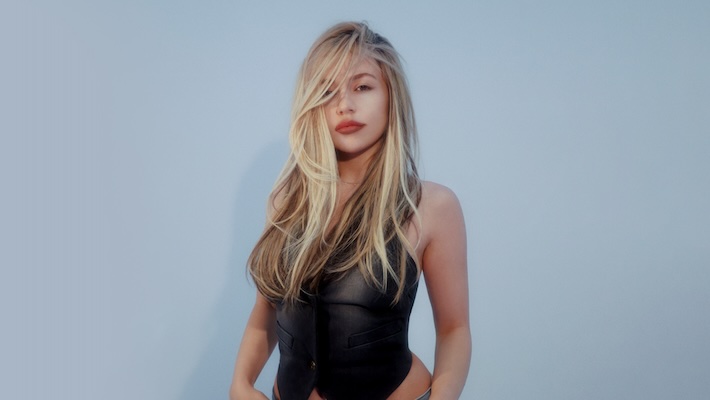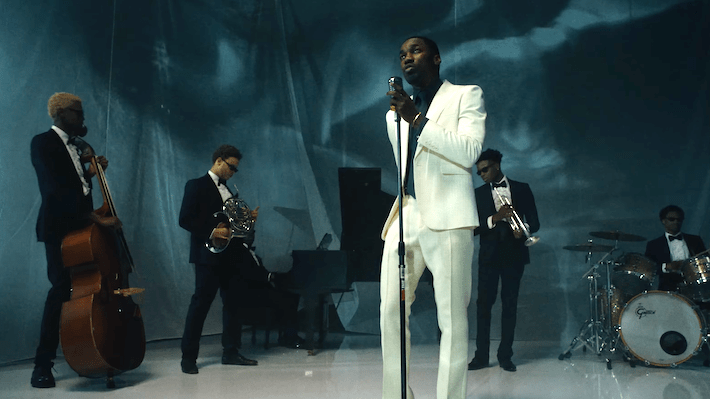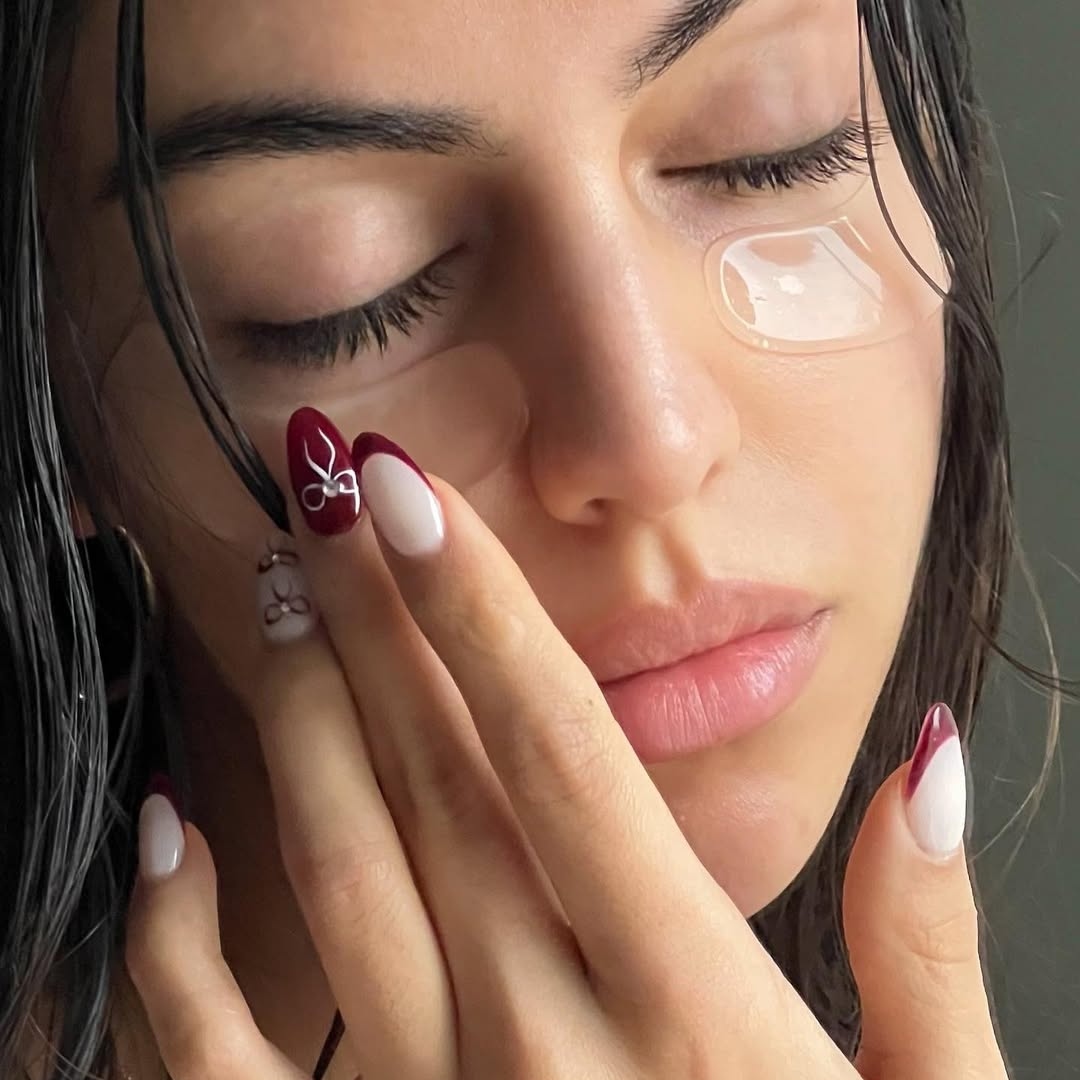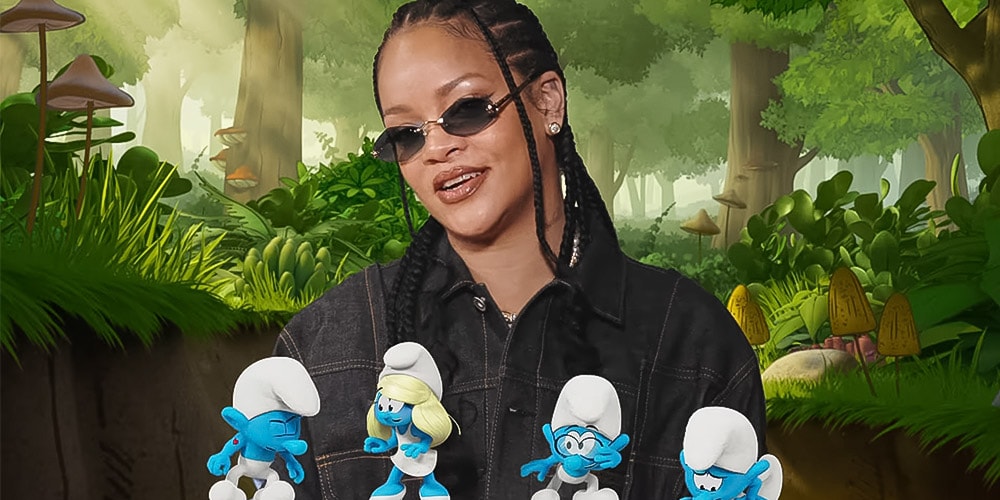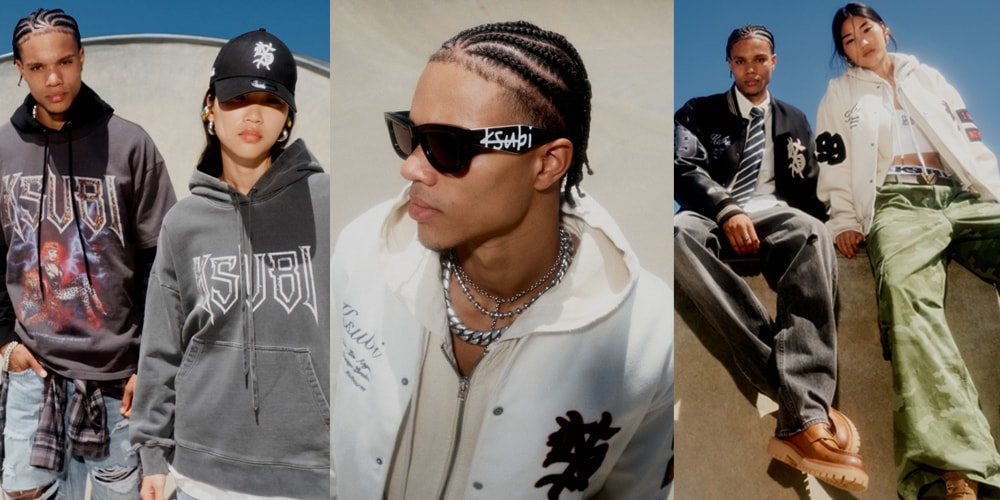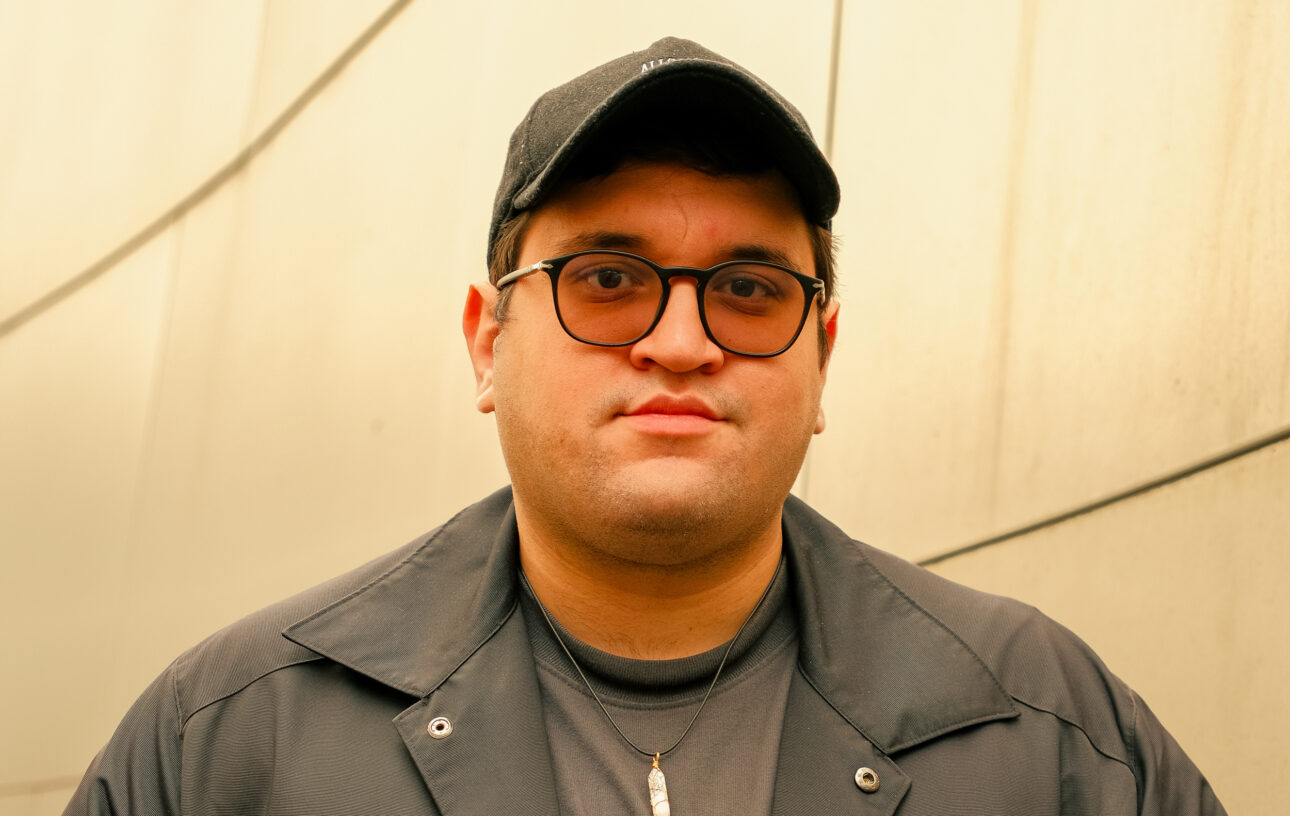How Doechii’s Game-Changing Grammy Performance Came Together
Doechii choreographer, Robbie Blue, opens up about the collaboration that resulted in perhaps one of the best performances in the awards show's history.

“It’s like an overnight life change, kind of,” says Robbie Blue. It’s two days after the Grammy Awards, and the 24-year old choreographer still sounds like he’s in disbelief. “It’s really, really special. I guess I just didn’t know how big this was going to be.”
Blue’s choreography for Doechii’s stunningly inventive, meticulously realized performance of her “Denial Is a River” and “Catfish” made for a moment that most observers considered the best of the night — and perhaps one of the best in Grammy history. Astonishingly, it was the first-ever live performance – and first Grammy appearance, period – for Blue as a choreographer. Among the flood of overwhelmingly positive reactions he’s received since that night are Doechii’s own: Blue says that the two have been “gushing over each other back and forth on text, talking about how epic this performance was.”
For Blue, whose complex, ultra-physical choreography has attracted talented dancer-artists like Tinashe, fka twigs and Tate McRae, Doechii’s Grammy performance was his biggest stage yet, and a long way from where he started out. Growing up in a small town in Ohio “in the middle of nowhere,” he was lucky to train at a “brilliant, epic queer dance studio” situated, as he puts it, “between a prison and like, the largest statue of Jesus in the world.” At 16, Brian Friedman — the “jazz funk legend” known best for his choreography for Britney Spears — took Blue under his wing as an assistant; by age 18, Blue was dancing professionally for major artists.

In fact, he technically still was on Grammy night: he’s one of the performers in Lady Gaga’s “Abracadabra” video, which he watched “on a small hotel TV” after wrapping Doechii’s performance (he calls Gaga a bucket list collaborator: “I would die”). But as Blue puts it, choreography is now where he feels most at home. “I feel like through choreography I can truly speak,” he says with a smile. “I think I don’t want to do anything else right now.” He spoke to Billboard about Doechii’s exceptional taste and work ethic, their cast of Doechii “clones,” and precisely how that onstage conveyer belt worked.
It felt like the minute the performance ended the internet was going crazy calling it iconic, one of the great Grammy performances of all time, going down in history. It reminded me of the heyday of Missy Elliott performances. When you were working on it, did you have a sense that it was going to have that kind of impact?
This was my first time ever doing a live performance. It was my first time ever doing the Grammys — even as a dancer, I’d never done the Grammys. So really, I was not expecting it to be this great, to be honest! I knew it was good. I knew that we had ample time to rehearse and create and cultivate and really figure out all of the logistics of the performance. So I knew that every moment had been looked at, and that every moment was iconic and major.
But it wasn’t until we got there that I think I realized, “Holy shit, this is going to be legendary.” But all along [leading up to it], I’m so in it, it’s Doechii’s first Grammys too so she’s so in it and involved, we’re not even thinking “Oh my gosh, this is going to gag everybody.” We are just looking at it like, “Okay, this needs to be changed. This needs to be fixed.” We wanted it to be perfect for the first time out. That’s kind of what drove us to have this performance that was essentially flawless.
What kind of timeline did you have to put it all together?
We actually had a ton of time, four weeks in total of rehearsal. The first week was just me and some dancers, getting an idea of what the choreography was going to be like, what references we’re using, how I’m going to pump myself into this. Then we had three full weeks with the full stage — tech rehearsal, essentially, with conveyors, the lift, the whole stage set-up. The conveyor belts in particular, we got them on the first day. That’s definitely part of the reason that everything looked so amazing, because we had so much time to really look at every single moving aspect.

How would you describe your style of movement and your own influences?
I think my calling card has been kind of like, a f–ked-up Fosse. That is what I’m sought after for. The last five months is when I’ve really just started choreographing for major artists, and every time I get an inquiry that’s kind of where they’re coming from — they’re wanting something that feels Fosse, something that feels abstract. And when I talked to Doechii on the first day she said the same thing — she was like, “I want your Fosse element, but I also want it to be hip-hop and grounded and nasty and dirty.”
So that was kind of our jumping off point. Fosse is a master and he is everything to me, so that that is always my inspiration going in, and then I start to fuse that with my background in contemporary dance, modern dance, hip-hop. I try to take what I know of those Fosse references and basically just make it, like, nasty, if that makes sense.

How did you two first link up? Did Doechii seek you out?
I’ve been a fan forever, but when I started to kind of gain some traction with my choreo [a couple years ago], she followed me on Instagram. I died, dead. So in the back of my head, I was like, maybe one day she’ll be like, I need you for this. And it happened so quickly. The same day that I got a call from my agent saying that Doechii was wondering about me for the Grammys, I was in the studio that night. Like, “Here we go!”
Artists like Doechii, fka twigs, Tinashe, who you’ve worked with — these are girls who can dance. And your choreography seems quite complex and rigorous, like it demands an artist who has significant dance background to begin with.
100%. I think the artists that seek me out are mostly artists that are willing to push themselves and really want to dance and love to dance. For me, the perfect artist is a Doechii, it’s Twigs, it’s Tinashe, it’s Tate [McRae], it’s somebody who really is willing to get in a studio and work really hard. Doechii was in the studio every single day, eight hours, beginning to end dancing — and that’s why she looks so good. She is naturally an amazing dancer, but on top of that she was willing to try all of these things. She was just fearless – and some of that s–t is really hard!
Yeah, like that lift where she’s in a full center split — did she tell you she was capable of doing that?
So I had actually created a vignette of five boys with her in some kind of shape [above], but I did not originally have her up there in the splits. That was her idea. It was our first day, basically, and and she was like, “Can I just try to hop up there in a center split?” And I was like, yeah, totally. Like, you can do that if you want to! [Laughs.] It was that moment of oh, she’s really willing to take it there.
Are there particular collaborative moments in the studio you remember where she had an idea that really inspired the final product?
For sure. When it came down to designating jobs, I really wrangled the dancers, the movement I created from scratch, that was all me. And then when we started working on her track, I started teaching it to her, and that’s when things got really collaborative, when I started to see, really, what she was capable of – like, she doesn’t want to just stand there, she wants to dance, she wants to do all this crazy stuff. She’d be like, “ I feel like I could do a lot more here.” And I’m like, great, let’s do it. Let’s take it there.
So I think some key moments that were super collaborative were that specific straddle lift moment, that center split. And the lift in “Denial,” where she walks up the staircase– that Chicago-esque thing was something she mentioned from the very beginning. She was like, I really want to feel like I am Roxie Hart, you know, walking along these people. I want to have that moment in there. And we all loved that idea. She knows exactly what she wants and she knows exactly the vibe.
What were conversations like with her about casting? The ensemble of dancers with Doechii seemed really intentionally chosen, especially after hearing what Doechii had to say about representation in her acceptance speech.
The concept from the beginning was clones: we wanted it to feel like Doechii was cloned. And so from the beginning of casting, it was, who looks the most like Doechii, who has her complexion, her features, that’s exactly what we’re looking for. It took a second to be that specific with each individual person, and all of us had our hands in it – it would get sent to me, it would get sent to [C Prinz, Doechii’s creative director], it would get sent to Doechii, to make sure that every single person fit that clone narrative. And it ended up just being so beautiful.

How and when did the idea of the conveyor belt happen?
By the time I got onto the project, I was already sent a treatment with conveyor belts. I believe the idea for them came straight from her — she wanted the whole stage to be a conveyor belt, constantly be sliding. But I guess the Grammys was like, that’s a hazard? [Laughs.] So she ended up doing three conveyor belts. It did take a lot of time to figure out exactly when they start, stop, how fast they go down to, like, point one seconds, when they reach center….things like that were very meticulous. But the conveyor belts were just fucking fun. Everybody wanted to be on the conveyor belt.
In the short time since the Grammys, have you already seen an uptick in interest in you and your work?
I have never received so much love, I think, in my life, from everybody that’s in my circle, and then also from choreographers that are my mentors, major celebrity choreographers I have looked up to forever who have reached out and commended me on the performance. I don’t even know what to say. I’m like, thank you so much. And when it comes to the work, I’ve never got this much inquiry from artists about upcoming projects, like almost immediately after the performance, that next morning. It’s really wild.
Looking back, because it is my first Grammys — she really did take a chance on me for this one. She kind of pulled me out to do this, and I appreciate her for that.
Besides Gaga, who else is on your artist collaboration wish list? I feel like you’d be great with Charli XCX, too...
I toured with Charli as a dancer when she did Crash — I’ve been a Charli fan since the beginning of time, she will always be on the list! Ashnikko is always on the list. Tate is on the list. FKA is always on the list. Gaga would be like, out of this world. But I love gay icons. I love powerful women artists. So to have done Doechii…. I’m still, like, processing that. [Laughs.] She. Is. The. Girl.





